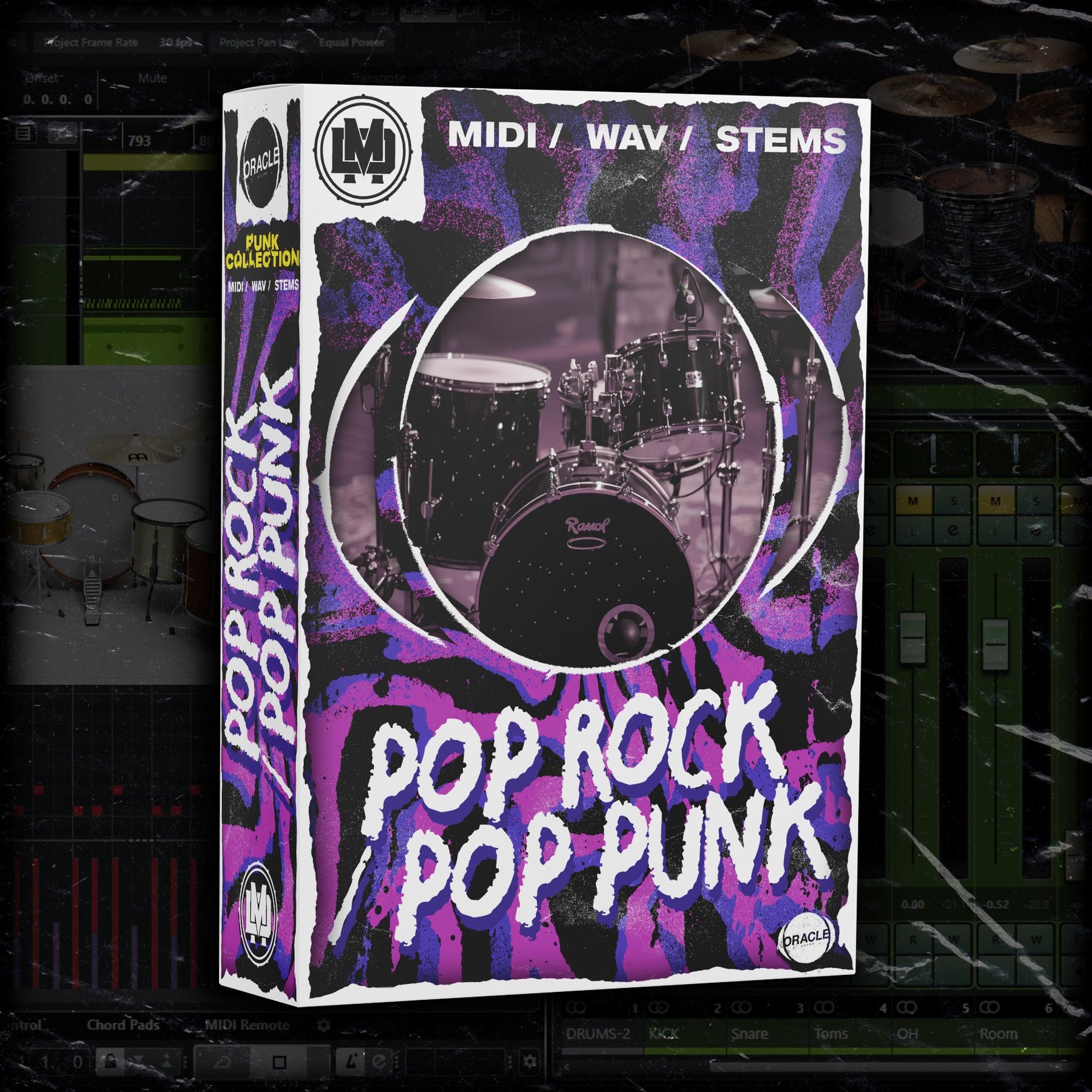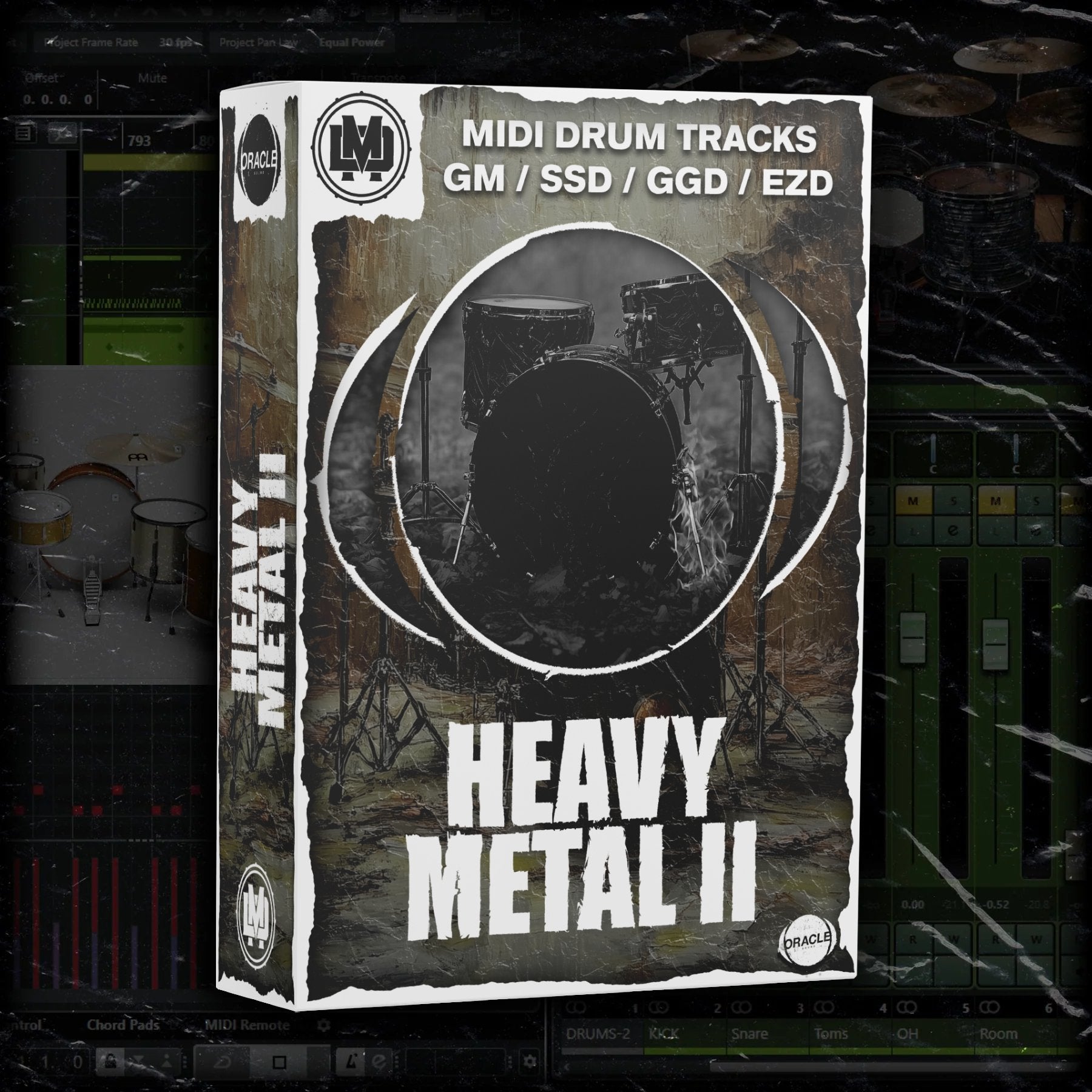Beginner’s Guide to MIDI Drum Patterns
Beginner’s Guide to MIDI Drum Patterns
Blog Article
MIDI drum patterns have revolutionized the world of audio manufacturing, giving endless possibilities for creativity. Whether you're a veteran maker or someone only starting out, the versatility of MIDI lets you reimagine flow and percussion in impressive ways. Here are a few creative ways to make use of midi drum patterns to elevate your music projects.
1. Layering for Complex Rhythms
One of the easiest however most reliable ways to make use of MIDI drum habits is layering them to create complex textures. Combine different drum products, such as audio drums with electronic sets, to add range and character. For example, layering an 808 stop with a punchy acoustic stop creates a larger, more powerful low end. Similarly, mixing hi-hats from two distinctive designs may result in complex lines that keep your track fresh.

2. Transforming Patterns Into Melodic Elements
Why limit MIDI drum patterns to percussion alone? Utilize them to create melodic rhythms. By assigning drum styles to melodic devices like synths or pianos, you can art special rhythmic melodies. For example, chart a snare pattern to a bright synth pad and layer it under your track to incorporate a rhythmic pulse. That unusual usage of MIDI drum styles adds consistency and interest to your song.
3. Dynamic Automation for Humanized Beats
Robotic-sounding drums can sometimes make paths sense lifeless, but MIDI drum designs permit active automation that gives an individual touch. By adjusting the velocity, timing, or swing, you can obtain more organic grooves. Slightly shifting the time of snares or different the strength of kicks and hi-hats produces a stay feel. This process works well in genres like jazz, R&W, or lo-fi wherever an organic dance is vital.
4. Experimenting with Unusual Time Signatures
MIDI drum styles make it easy to venture into less conventional territory with unusual time signatures like 5/4 or 7/8. Tinkering with these may collection your paths in addition to the standard 4/4 rhythm within most music. Combine time signature changes with innovative design sequencing to shock your listeners and keep your agreements dynamic.

5. Using Pattern Randomization for Inspiration
Struggling with writer's block? Design randomization tools available in most MIDI writers can create unexpected drum sequences. These randomized designs may spark ideas for entire trails or provide a basis to build upon. Fine-tuning the elements of a randomized sample can lead to exploring truly special rhythms.
MIDI drum styles are more than just templates for defeats; they are a playground for experimentation and creativity. Dare to go beyond mainstream usage, and you'll uncover new proportions in rhythm and sound that take your music to the next level. Report this page